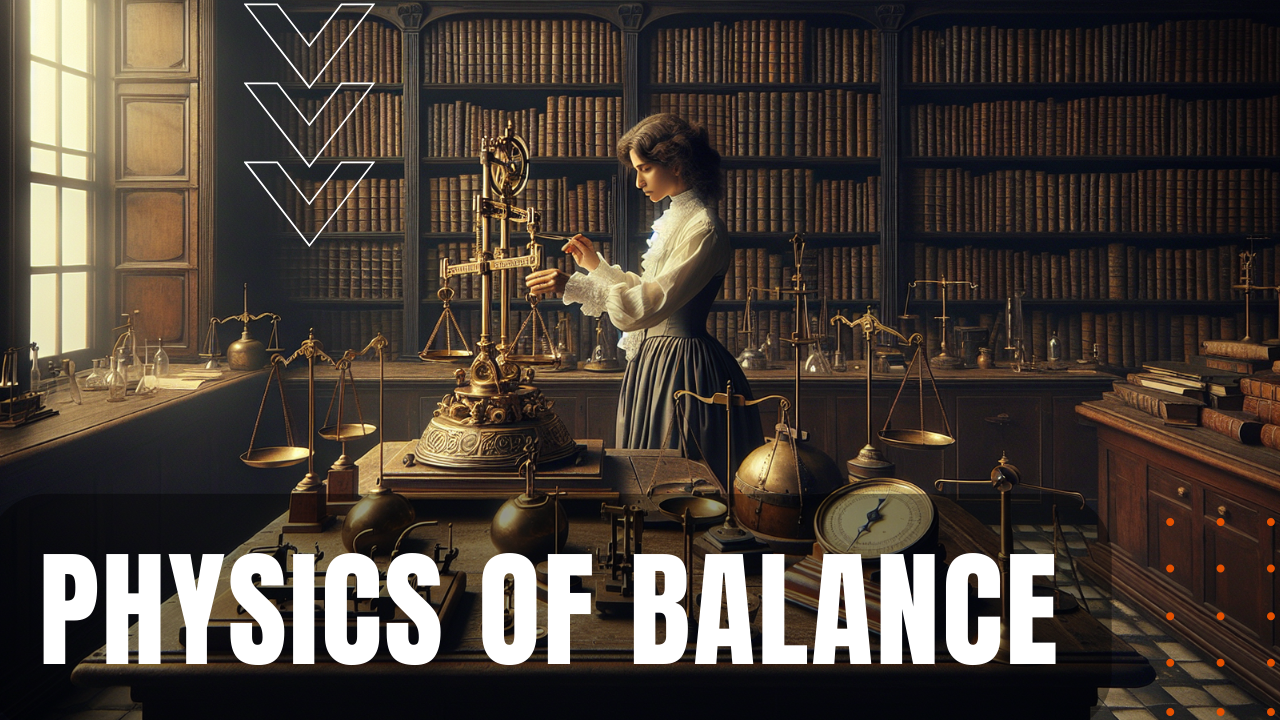The Physics of Balance

One of the most fundamental concepts in physics and human movement is balance, which governs the stability and equilibrium of objects based on various principles such as center of mass, torque and stability. Beginning with center of mass or COM, for any physical object, the COM is the point where its mass is known to be concentrated, which in the case of objects of symmetrical shape and even density, the COM can be found at its geometric center, while in the case of irregular shaped objects or groups of connected objects, the COM may be located outside of its geometric center.
In Search of Stability
In either case, when symmetrical and irregular shaped objects are placed on a stable surface, both objects tend to adjust their position in an effort to find stability, so that its COM is directly above its base of support. Torque or moment of force is another essential principle of balance, defined as the rotational equivalent of force, which depends on both the force applied to an object and the distance from its pivot or fulcrum point. Balance is achieved only when the torque exerted by its weight is counteracted by an equal and opposite torque, which can be achieved by adjusting the distribution of an object’s weight or by changing the position of its fulcrum point. Stability and balance are further determined by the relationship between an object’s COM and its base of support, wherein a wider base provides greater stability compared to a narrower one.
Proprioception
First described and named in 1906 by English neurophysiologist Sir Charles Sherrington, proprioception is the body’s ability to sense it position, movement and balance—even with your eyes closed—which gives humans their ability to maintain balance in dynamic situations, such as walking, running or riding a bike. Proprioception is made possible by continuous adjustments to changing conditions, thanks to feedback from sensory organs like the inner ear, eyes and muscles, and while balance is vital to the human condition, it also extends well beyond the physical realm to describe various states of balance in such diverse fields as economics, ecology and psychology, making the physics of balance, a vital principle in human locomotion and the universe at large.
